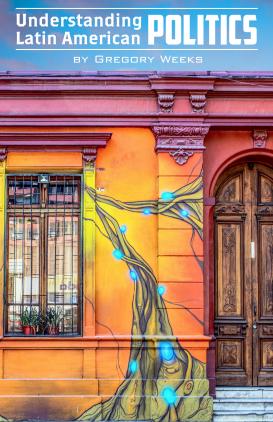Understanding Latin American Politics
Synopsis
This textbook integrates domestic and international factors for understanding Latin American politics. The thematic structure of the book is to utilize three different levels of analysis to explain Latin American politics: international, national, and local. This approach has the benefit of incorporating the dynamics of globalization while also including political factors more at ground level, including the influence of subaltern groups. Although there may be important international influences on domestic politics, they interact with and are mediated by national political figures and grassroots activists. The book has four sections: Theoretical and Historical Background; Mexico, Central America, and the Caribbean; The Andean Region and Venezuela; and Brazil and the Southern Cone. Finally, it includes a range of pedagogical materials for use in the classroom.
Chapters
-
Chapter 1: Theoretical Perspectives on Latin American Politics
-
Chapter 2: State Formation and Economic Development in the Nineteenth Century
-
Chapter 3: Dictatorship, Democracy, and Revolution in the Modern Era
-
Chapter 4: The Politics of Capitalism and Socialism Through the Twentieth Century
-
Chapter 5: Mexico
-
Chapter 6: Central America
-
Chapter 7: Cuba
-
Chapter 8: Bolivia, Ecuador, and Peru
-
Chapter 9: Colombia
-
Chapter 10: Venezuela
-
Chapter 11: Brazil
-
Chapter 12: Argentina
-
Chapter 13: Chile

Downloads
- eBook eBook
- Chapter 1 Chapter 1
- Chapter 2 Chapter 2
- Chapter 3 Chapter 3
- Chapter 4 Chapter 4
- Chapter 5 Chapter 5
- Chapter 6 Chapter 6
- Chapter 7 Chapter 7
- Chapter 8 Chapter 8
- Chapter 9 Chapter 9
- Chapter 10 Chapter 10
- Chapter 11 Chapter 11
- Chapter 12 Chapter 12
- Chapter 13 Chapter 13
- Glossary Glossary
- Bibliography Bibliography
- Index Index

